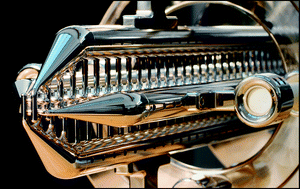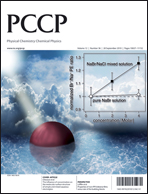State-to-state inelastic scattering of Stark-decelerated OH radicals with Ar atoms
Abstract
The Stark deceleration method exploits the concepts of charged particle accelerator physics to produce molecular beams with a tunable velocity. These tamed molecular beams offer interesting perspectives for precise crossed beam scattering studies as a function of the collision energy. The method has advanced sufficiently to compete with state-of-the-art beam methods that are used for scattering studies throughout. This is demonstrated here for the scattering of


 Please wait while we load your content...
Please wait while we load your content...